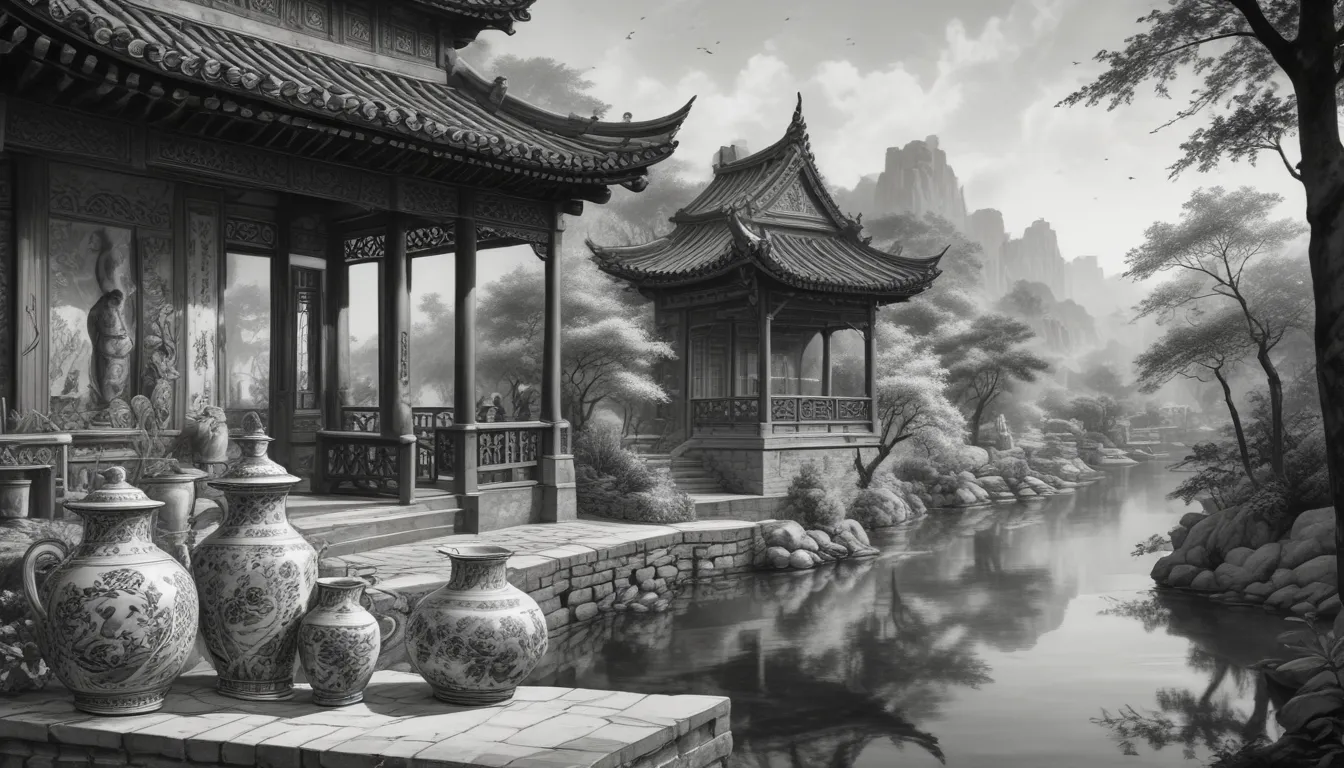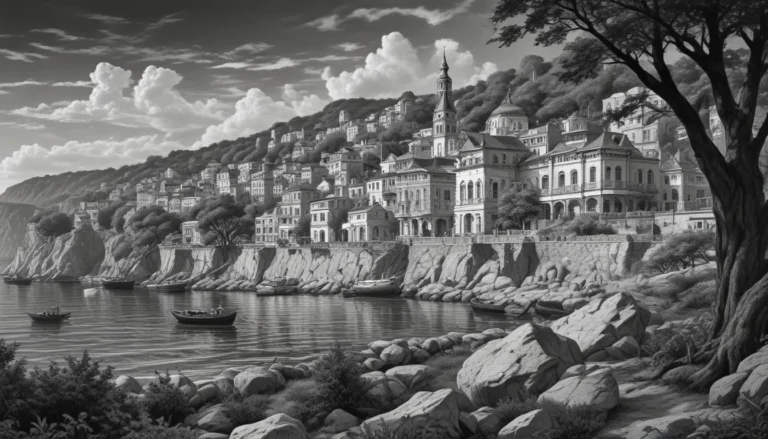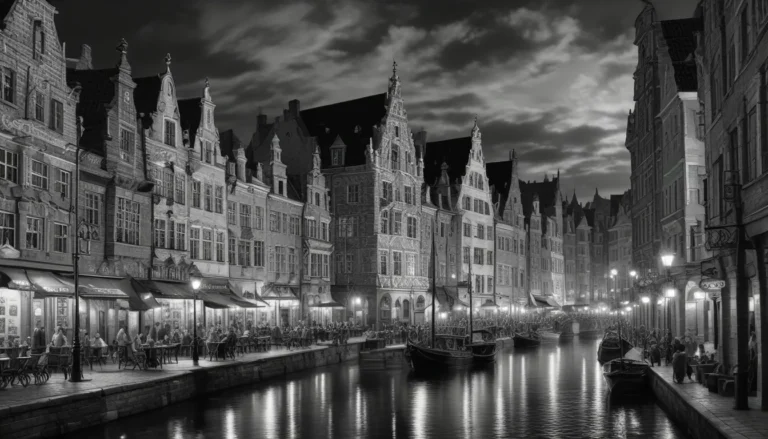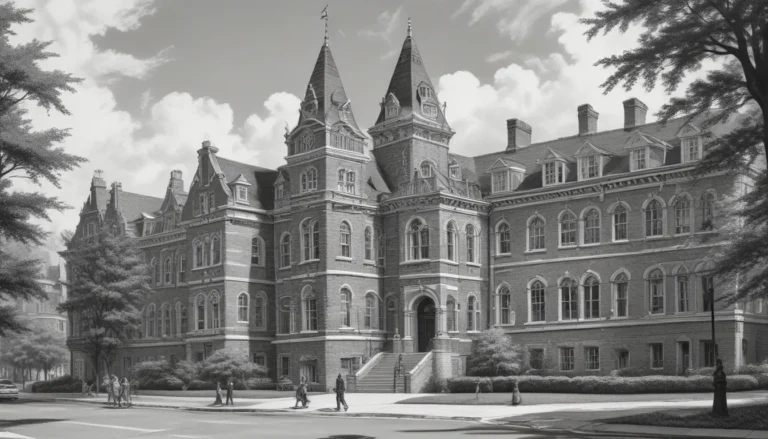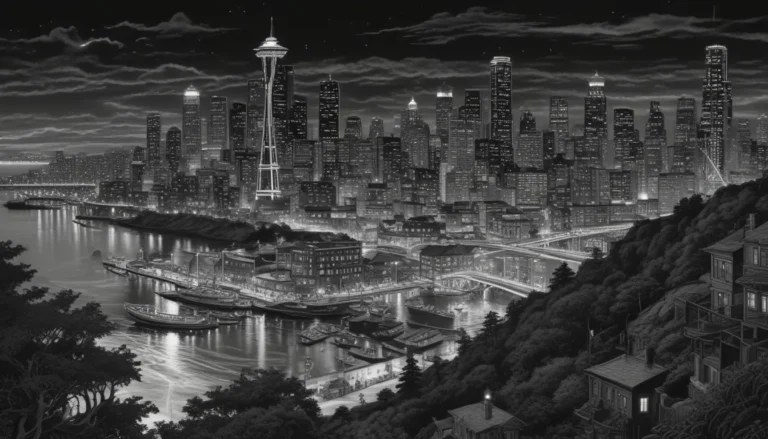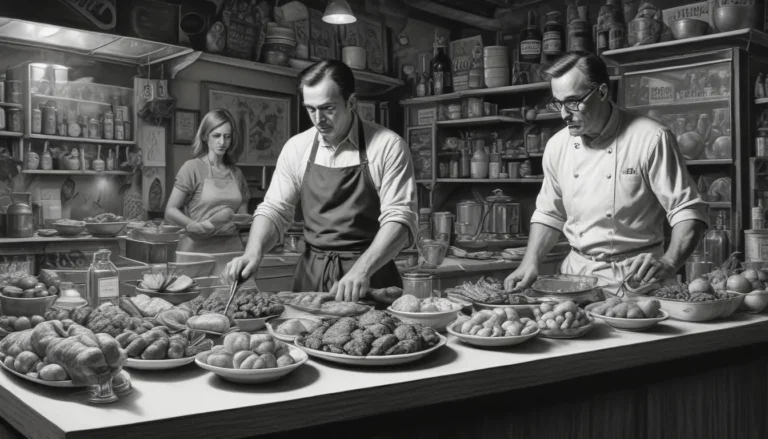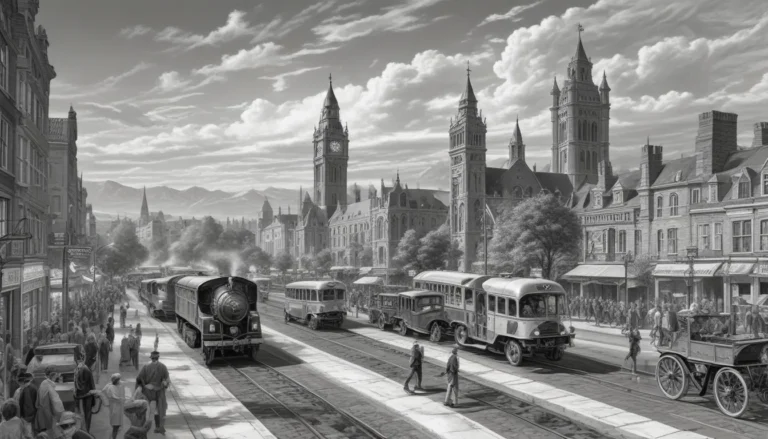The images in our articles are for illustrative purposes only and may not exactly match the content. They are intended to capture your interest and complement the text, not to replace it.
Nestled in the northeastern part of Jiangxi Province in China lies Jingdezhen, a city steeped in rich history and cultural heritage. Known as the “Porcelain Capital” of the world, Jingdezhen has been synonymous with exquisite porcelain production for over 1,700 years. The city’s unique geology and abundant natural resources have paved the way for the creation of some of the most iconic ceramics in history. Join us on a journey to uncover 50 fascinating facts about Jingdezhen, where tradition meets innovation in the world of porcelain art.
Unveiling the Legacy of Porcelain in Jingdezhen
- Jingdezhen’s porcelain production traces back over 2,000 years, dating back to the Han Dynasty.
- The city’s name, “Jingdezhen,” translates to “Capital of the Pure,” reflecting its reputation for high-quality porcelain intended for the imperial court.
- Jingdezhen boasts a rich clay resource known as kaolin, essential for creating fine porcelain.
The Treasures of Blue and White Porcelain
- The famous blue and white porcelain originated in Jingdezhen and gained worldwide recognition during the Ming and Qing dynasties.
- Over 1 billion pieces of porcelain are produced annually in Jingdezhen, showcasing the city’s thriving porcelain industry.
- The Jingdezhen Imperial Kiln Museum and Ceramic International Trading Center are must-visit attractions for porcelain aficionados.
Embracing Porcelain Artistry in Jingdezhen
- The Jingdezhen Ceramic Institute is a prestigious institution for porcelain education, attracting aspiring ceramic artists and craftsmen.
- Skilled artisans in Jingdezhen are known for their delicate hand-painted porcelain, showcasing exceptional craftsmanship.
- Jingdezhen’s porcelain street, lined with shops offering a variety of porcelain products, is a paradise for enthusiasts.
Delving into Porcelain Diversity
- Jingdezhen is renowned for its underglaze red porcelain and the vibrant red color achieved through copper oxide during firing.
- Porcelain types in Jingdezhen include celadon, white porcelain, and famille-rose, each with unique characteristics and glazing techniques.
- Jingdezhen’s porcelain techniques have been closely guarded secrets, passed down through generations.
Jingdezhen’s Journey Through Time
- Ancient kiln ruins can still be found in and around Jingdezhen, a testament to the city’s longstanding history in porcelain production.
- Jingdezhen was the primary supplier of porcelain to the imperial families of China, favored for imperial ceremonies and gifts.
- Ceramics from Jingdezhen have been displayed in museums worldwide, showcasing exquisite craftsmanship and historical significance.
Honoring the Cultural Heritage of Jingdezhen
- Jingdezhen has been recognized as a UNESCO Creative City of Crafts and Folk Art, highlighting its commitment to preserving cultural heritage.
- The city celebrates the annual Jingdezhen Porcelain Festival, offering cultural performances, exhibitions, and demonstrations.
- Jingdezhen porcelain has adorned palaces and royal gardens, preserving its legacy in prestigious locations.
Exploring Porcelain Artistry Beyond Boundaries
- Jingdezhen’s porcelain industry has inspired the creation of porcelain centers in other parts of the world such as Japan and Korea.
- International artists have collaborated with Jingdezhen craftsmen, creating unique pieces of ceramic art.
- The city has produced renowned porcelain artists whose innovative designs have shaped the field of porcelain art.
Embracing Innovation and Sustainability in Porcelain Making
- Jingdezhen’s porcelain industry has embraced sustainable practices, reducing waste and minimizing environmental impact.
- Traditional craftsmanship and modern technology combine to enhance efficiency and precision in porcelain production.
- Jingdezhen continues to innovate and evolve while preserving traditional techniques, ensuring its prominence in porcelain artistry.
A Porcelain Paradise Awaits in Jingdezhen
Jingdezhen is not only a renowned porcelain capital but also a city rich in history, culture, and natural beauty. Whether you are an art enthusiast, history buff, or nature lover, Jingdezhen offers a unique experience for all. From exploring ancient kiln sites and visiting museums to immersing yourself in the breathtaking scenery, Jingdezhen is a destination that captivates the senses and creates lasting memories. Embark on a journey to Jingdezhen and discover the charm of this extraordinary city for yourself!
FAQs
- How did Jingdezhen earn the title of the “Porcelain Capital”?
-
Jingdezhen’s reputation as the “Porcelain Capital” stems from its long history of producing high-quality porcelain, renowned for its exquisite craftsmanship and superior quality.
-
What are the must-visit attractions in Jingdezhen?
-
Must-visit attractions in Jingdezhen include the Jingdezhen Ceramic Historical Museum, Porcelain Street, the Ancient Kiln Folk Customs Museum, and the Porcelain Garden.
-
Can visitors purchase authentic Jingdezhen porcelain as souvenirs?
-
Absolutely! Visitors can find authentic porcelain products in local markets and shops, ensuring they bring home a piece of Jingdezhen’s rich heritage.
-
Is it possible to learn the art of porcelain-making in Jingdezhen?
-
Visitors can enroll in porcelain-making classes and workshops offered by various studios and workshops in Jingdezhen to learn from skilled craftsmen.
-
When is the best time to visit Jingdezhen?
- The best time to visit Jingdezhen is during the spring and autumn seasons for moderate weather conditions, avoiding the hot and humid summer months.
Immerse yourself in the captivating world of Jingdezhen, where tradition, innovation, and beauty converge to create an unforgettable experience. Embrace the allure of porcelain artistry and explore the cultural heritage of this remarkable city. Join us on a journey to Jingdezhen and witness the magic of porcelain unfold before your eyes!
